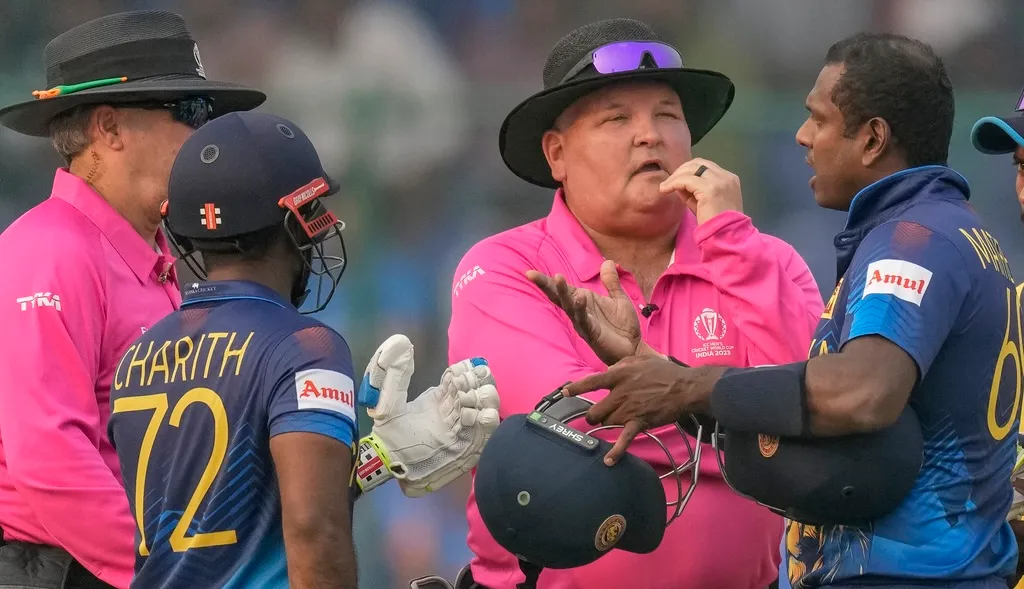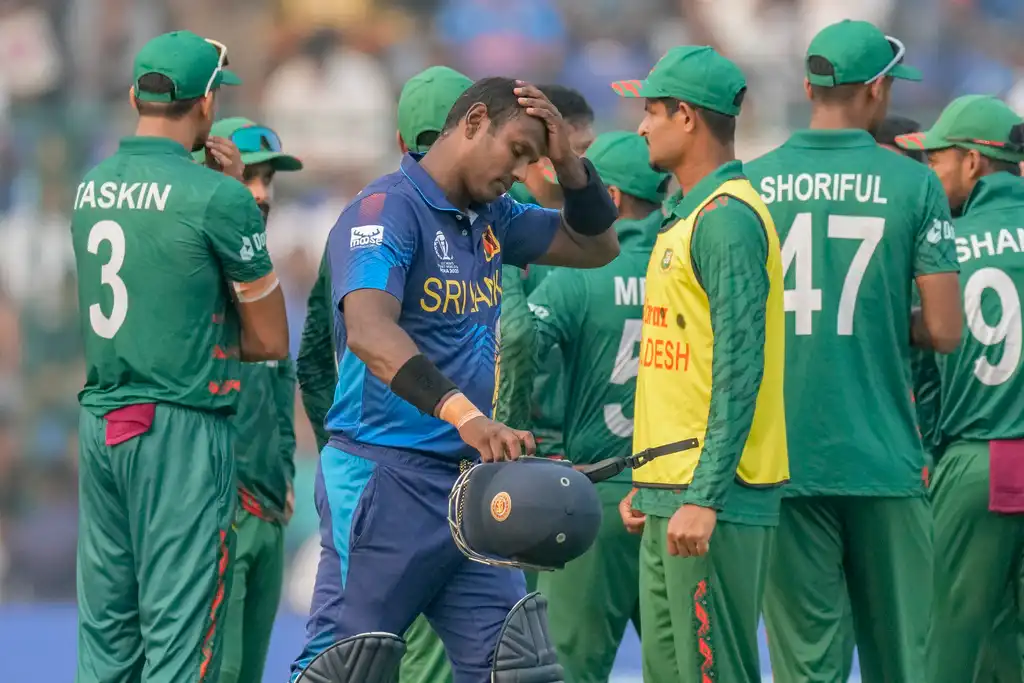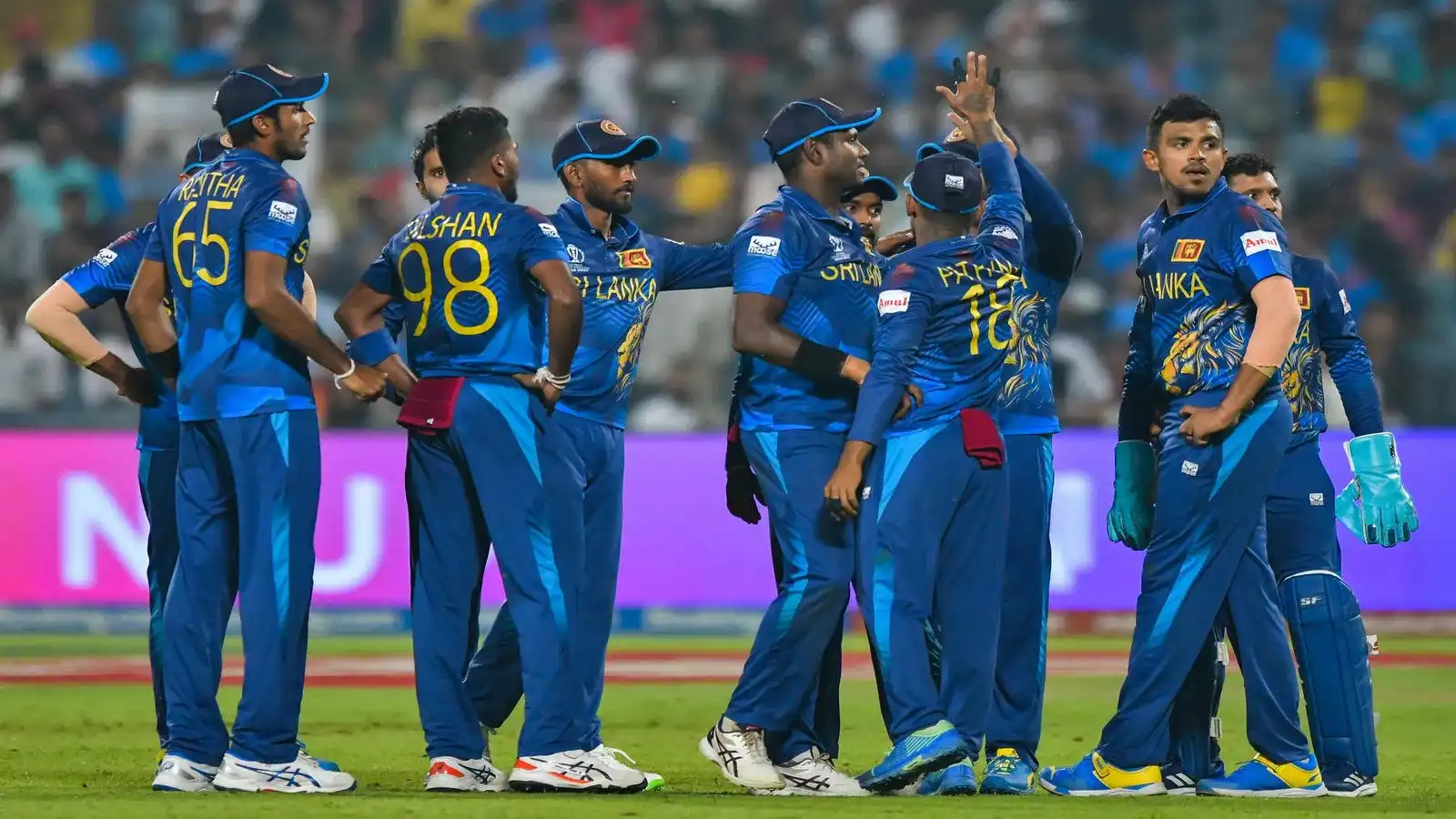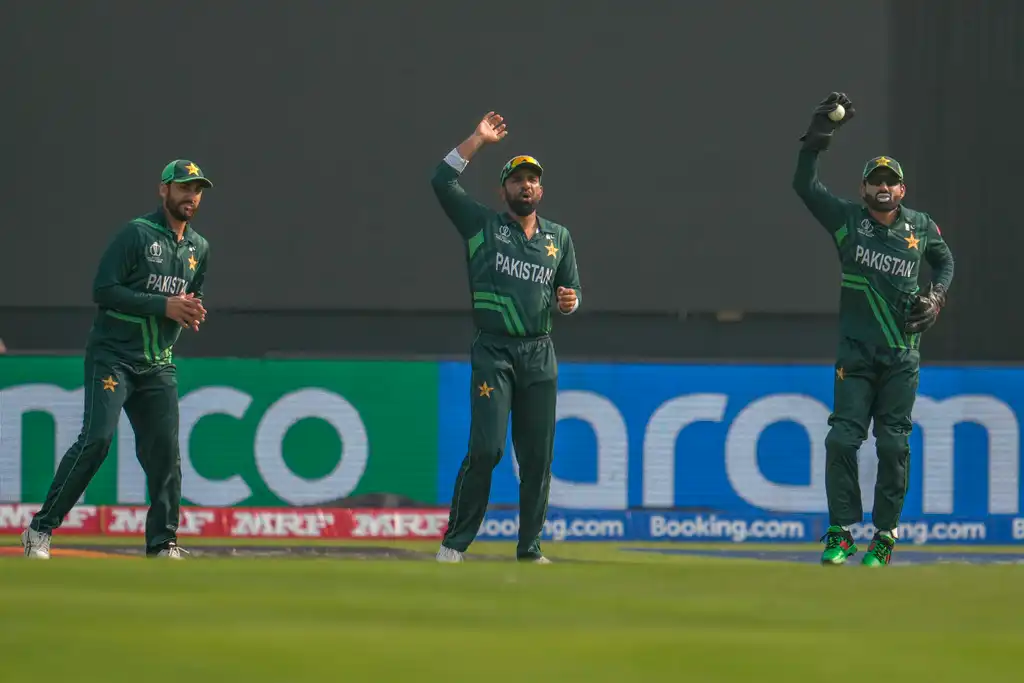 Mathews talking to umpires during 'timed out' row (AP Photo)
Mathews talking to umpires during 'timed out' row (AP Photo)
The fixture between Sri Lanka and Bangladesh ended in a controversy-marred affair. Tensions erupted and tempers flared on either side as Sri Lankan all-rounder Angelo Mathews became the first international cricketer to be “timed out”.
Unlike other primary modes of dismissal, timed out is a rare form of dismissal. Although there have been isolated instances of such a type of dismissal in first-class cricket, such a dismissal was the first to occur in international cricket. Besides, what makes this dismissal more complicated is that Mathews was already present on the field while he was given out. The situation would have appeared a lot different had he been a “no-show”.
Amidst numerous debates surrounding the topics of sportsmanship and the laws of cricket, Marylebone Cricket Club (MCC) has issued a statement on the timed out dismissal which will put all speculations to rest. But before unraveling their explanation, let us first understand what the law says.
The relevant Law here is Law 40.1.1, which states: "After the fall of a wicket or the retirement of a batter, the incoming batter must, unless Time has been called, be ready to receive the ball, or for the other batter to be ready to receive the next ball within 3 minutes of the dismissal or retirement. If this requirement is not met, the incoming batter will be out, Timed out."
As per the MCC version of the timed out dismissal, the incoming batter must be prepared to face the next delivery within 3 minutes after a wicket falls or a batter retires. However, the World Cup is being played under ICC playing conditions which override the existing MCC laws. As a result, Mathews was required to be ready to receive the next delivery within 2 minutes instead of 3 minutes following a dismissal or a retirement of a batter.
According to MCC, the batter must "be ready to receive the ball” within the stipulated time frame following a dismissal. Simply being on the field or at the wicket is not sufficient to avoid being timed out. The batter must be in the correct position for the bowler to deliver the ball within the designated time frame.
The umpires concluded that Mathews was unprepared to face the ball within the designated two-minute timeframe. Consequently, he encountered a problem with his helmet, resulting in an additional hold-up. Had Mathews attempted to inform the umpires of a wholly acceptable equipment malfunction within the two-minute window, they could have treated it as a new type of delay and would have possibly called “Time” thus eliminating any risk of being “timed out”.
Furthermore, the umpires also determined that the delay occurred after the two-minute window had elapsed making the Sri Lankan all-rounder a potential candidate for the timed out dismissal. It was later revealed that his helmet malfunction occurred 1 minute and 54 seconds after the previous wicket had fallen. He had not yet taken guard and was not in a position to receive the ball at that point.
Mathews failed to consult with the umpires when his helmet broke, which is the expected protocol for a player seeking new equipment. Instead, he simply signaled to the dressing room for a replacement. If he had taken the time to explain the situation to the umpires and requested a pause to resolve the issue, they might have granted him permission to change the helmet by calling “Time”.
But since “Time” was not called and more than 2 minutes had passed when the appeal was made, the umpires made a correct decision to adjudge Mathews “timed out”. In fact, there was no other action required to take by the umpires within the Laws of Cricket.




.jpg?type=mq)

